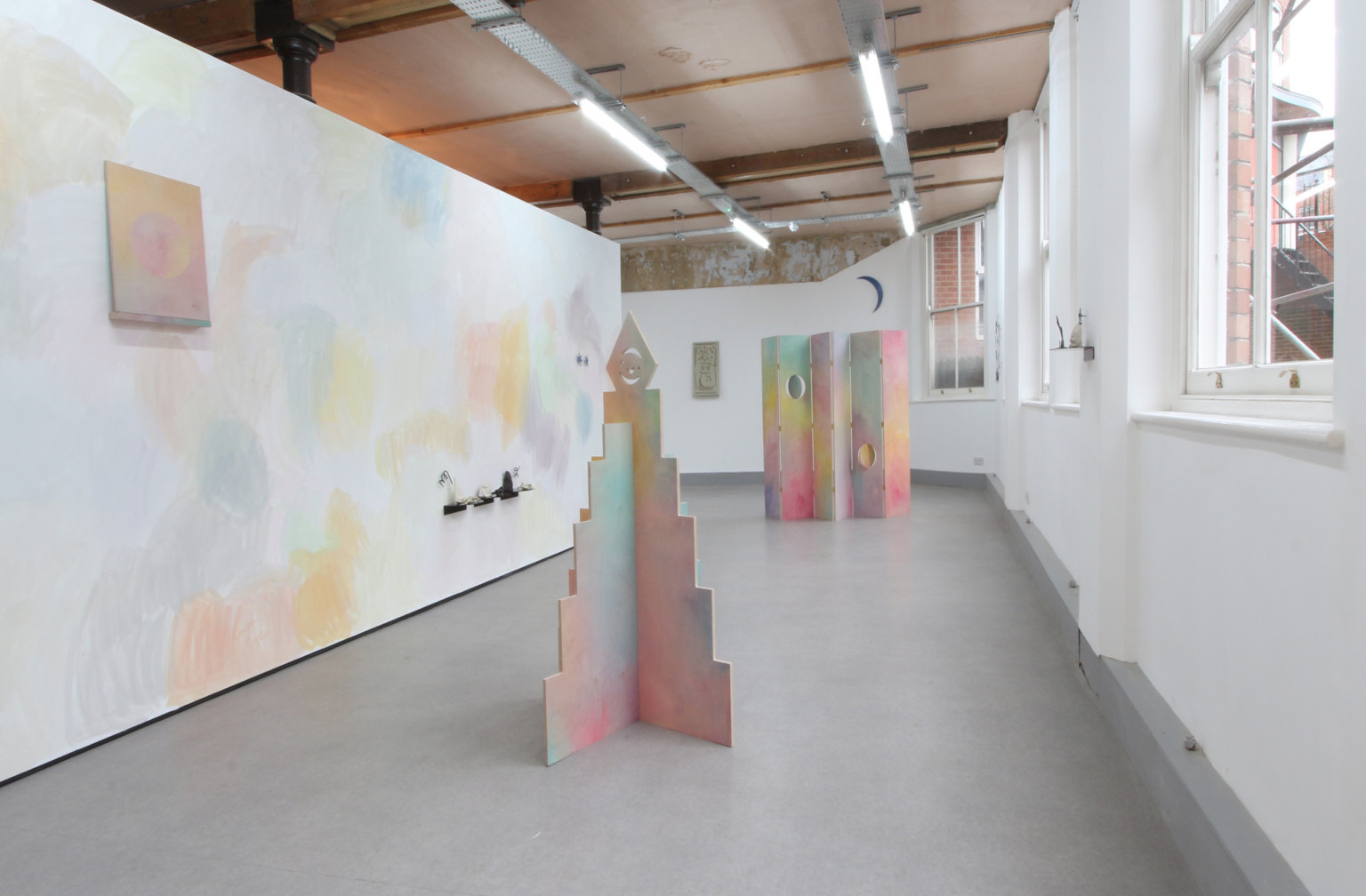Next Steps: Selling your work
Drawing on a-n resources and the transformative Artists Support Pledge, we highlight tips from curators, collectors, gallery directors and dealers on ways to sell your work.
The Instagram hashtag #artistsupportpledge has transformed the way artists sell work and upturned established art world systems. Artist Support Pledge was founded by painter Matthew Burrows as the first lockdown hit in March 2020, and like so many great ideas it’s also a simple one.
Using #artistsupportpledge, artists post images of their work with a price tag of £200 or less. Interested buyers contact the artist directly – there is no commission to pay or fees charged. The ‘pledge’ made by those using the hashtag is that once they have achieved £1,000 of sales, they will spend £200 on work by another artist. Visit Artist Support Pledge for more information and to start selling.
Top tips on selling
a-n has a variety of resources with advice on how to attract buyers for your work. In ‘Selling your work: top tips from artists, collectors, curators and dealers’, artist Rachel Kneebone highlights the importance of having high quality images. She explains: “This is often how many collectors first see an artist’s work. It is a good way of demonstrating that what you do matters, that you are serious and professional in intent.”
For Allan & Jo Melzack, collectors based in the North West of England, the fundamental thing is that they like the artwork. “The works we buy are not in storage; they are on our walls, shelves and tables,” they comment. They add: “It helps if the artist is present and can also talk clearly about the work, giving it context. If not the artist, then a knowledgeable and empathetic gallerist can be a pretty good substitute.
“The price needs to be realistic and accessible, which is not to say it has to be cheap. It should reflect the time and effort that has gone in to it and be appropriate in relation to the artist’s stage of development.
“We buy art that we like because we want to support the artist and encourage them to continue making work. We always want to see what they will do next.”
Tailor your approach
Harry Beer, director of The Sunday Painter gallery, advises: “Take time to learn what interests collectors; i.e. which practices and works they are most drawn to, so you can tailor your approach and avoid bombarding them with everything you show.”
Meanwhile Ceri Hand, who is an artist mentor and former director of programmes at Somerset House, recommends keeping a mailing list of people who have shown an interest in your work and contacting them when you make new work that aligns to their area of specialism.
She also highlights the importance of championing other artists’ work: “Artists reward each other’s generosity and often this can lead to shows, introductions to collectors and writers. Collectors talk to lots of people in the artworld, so it’s good to be a touchpoint and build friendships where possible, as they will support you, even when they don’t buy something.”
To read ‘Selling your work’ in full, one of many resources available to a-n members, click here.
Top image: Work by artist Richard Woods displayed in a collectors home, as part of the Contemporary Art Society project ‘Art in the Home’, Manchester, 2013. Photograph: Stephen Iles; Courtesy: Mark Doyle.
Graduating in 2023? Get 50% off a-n Artist membership
Everything you need to make the transition from student to professional artist.
Read the a-n Degree Shows Guide 2023:
https://issuu.com/anartistsinfo/docs/a-n_degree_shows_guide_2023





